#fregatidae
Text

Magnificent Frigatebird (Fregata magnificens), male displaying his gular pouch to impress females, family Fregatidae, order Suliformes, Galapagos Islands, Ecuador
photograph by ojitos.2601
#frigatebird#sea bird#bird#fregata#fregatidae#suliformes#ornithology#animals#nature#south america#galapagos
722 notes
·
View notes
Text

[2410/11080] Christmas frigatebird - Fregata andrewsi
Order: Suliformes
Family: Fregatidae (frigatebirds)
Photo credit: Forest Botial-Jarvis via Macaulay Library
221 notes
·
View notes
Text
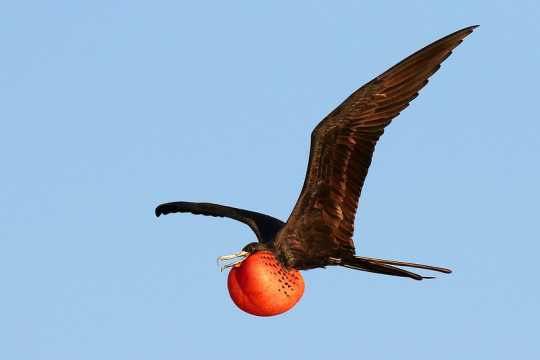
A male magnificent frigatebird (Fregata magnificens) shows off its gular sac midflight in St Petersberg, Florida, USA
by Dennis Adair
#magnificent frigatebird#frigatebirds#seabirds#birds#fregata magnificens#fregata#fregatidae#suliformes#aves#chordata#wildlife: florida#wildlife: usa#wildlife: north america
480 notes
·
View notes
Text
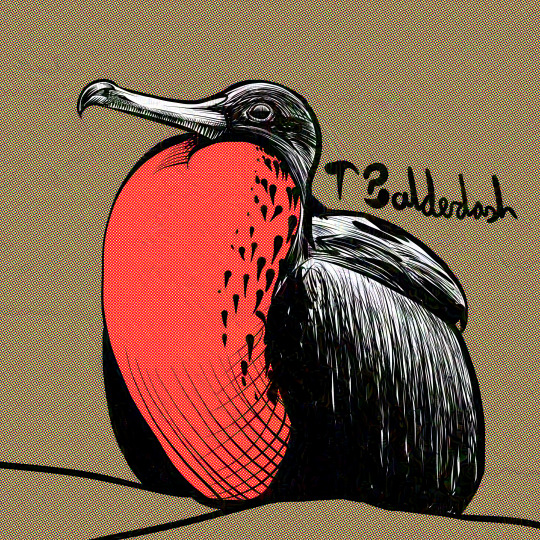
It's Red Nose Day, here's a Magnificent Frigatebird since it looks like one
Reference photo by Andrew Turner
Donate to Comic Relief (if you can)
#red nose day#magnificent frigatebird#frigatebird#fregata magnificens#fregata#fregatidae#suliformes#bird#birb#bird art#art#digital art#artists on tumblr#cw eyestrain#tw eyestrain#wauk wauk
9 notes
·
View notes
Photo

Great Frigatebird (Fregata minor)
© Christopher Moser-Purdy
135 notes
·
View notes
Text
Birdwomen
Family: Harpyidae
Birdwomen are the most common of magical creatures, appearing on every continent except for Antarctica*. Opportunistic omnivores, birdwomen take the form of massive carrion birds, typically corvids, vultures, condors and eagles, with the heads of women. They appear to be exclusively female; however, some species such as the Mediterranean harpy (Harpia strophades) do pair up during the mating season, with members impressing prospective partners by inflating a pair of gular sacks at the base of the throat similar to the behaviour of frigatebirds (family Fregatidae) and the greater sage-grouse (Centrocercus urophasianus).
The magic of most species of birdwomen are affiliated with storms and disease. The alkonost (Harpia bilibinae) lays its eggs in the sea, and their hatching causes thunderstorms to form, while the droppings of the Mediterranean harpy immediately befoul food.
While most species are reluctant to directly attack humans, birdwomen have no qualms in consuming carrion. Multiple cultures report birdwomen as constant companions to sites of battle and bloodshed. Nordic myths of Valkyries spiriting away the dead are almost certainly inspired by the sight of Scandinavian species of birdwomen feasting on the bodies of the slain after battle, possibly the crested harpy (Valkyria cristatus), nicknamed by professional harpiers as the "Thor's falcon."
The North American birdwoman (Harpia canadensis) is the largest known species of birdwoman, with species standing between five and six feet tall, with respective wingspans of 12 to 15 feet wide. Easily identified by their black, iridescent plumage, North American birdwomen exhibit an intelligent, often playful and curious personality. While native to western and central Canada and the northwestern United States, one birdwoman was sighted in Point Pleasant, West Virginia through the late 1960s; following the 1967 Silver Bridge collapse, one harpier reported seeing this same birdwoman consuming the bodies of two disappeared travellers who had washed up downriver.
*Sightings of the "penguinwomen" of Antarctica are unsubstantiated and should not be counted as fact.
#harpies#unreality#narrativia#i have spiderwick on the brain and this happened#valkyries#norse mythology#mothman#cryptids
80 notes
·
View notes
Photo

Magnificent Frigatebird (Fregata magnificens)
© Curtis McCamy
375 notes
·
View notes
Photo

Magnificent frigatebird (Fregata magnificens)
Photo by Murray Foubister
#juvenile#magnificent frigatebird#frigatebird#fregata magnificens#fregata#fregatidae#suliformes#aequornithes#ardeae#aequorlitornithes#neoaves#neognathae#aves#therapoda#archosauria#sauropsida#reptilia#tetrapoda#vertebrata#chordata
47 notes
·
View notes
Photo

Frigate bird
16 notes
·
View notes
Photo

Christmas Island Frigatebird
Fregata andrewsi
#frigatebird#christmas island frigatebird#bird#aves#ornithology#suliformes#fregatidae#fregata#fregata andrewsi#feathers#wildlife#wildlife photography#nature#animalia#animal#animal photography#beak#endangered#endangered species#endangered wildlife#critically endangered
21 notes
·
View notes
Photo
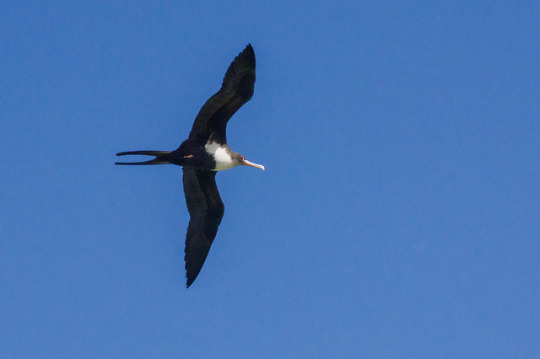
Magnificent Frigatebird
Kīlauea Point National Wildlife Refuge, Kauai
#photographers on tumblr#Kilauea#Hawaii#United States#Animals#Aves#Birds#Fregata magnificens#Fregatidae#Frigatebirds#Pelecaniformes#Sigma 17-70mm F2.8-4 Contemporary DC Macro#birds in flight#in flight#magnificent frigatebird
18 notes
·
View notes
Text

[344/10,977] Ascension Frigatebird - Fregata aquila
Order: Suliformes
Family: Fregatidae (frigatebirds)
Photo credit: Sam Weber
17 notes
·
View notes
Photo
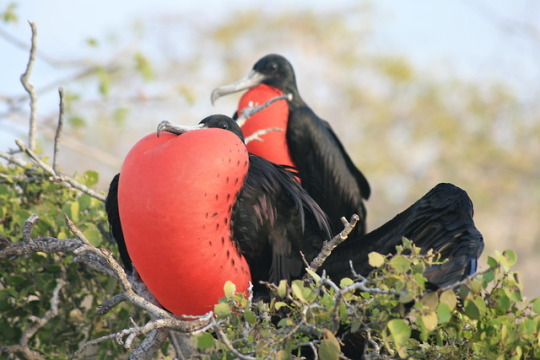
Fregata magnificens by Go Zilla
3 notes
·
View notes
Photo

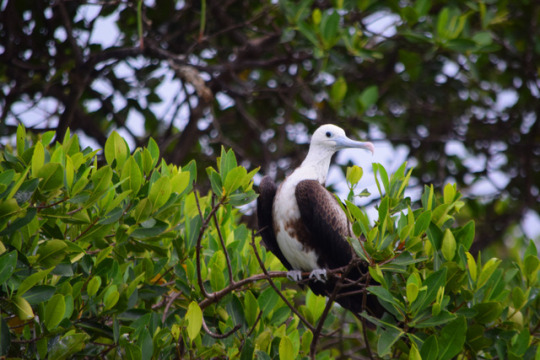
Juvenil de Fragata Tijereta. Fregata magnificens. Juvenile Magnificent Frigatebird.
#bird#birdwatching#birdphotography#birdsofinstagram#birds#nature#naturaleza#wildlife#wild animals#wild#birdstagram#birds photography#wild bird#frigate#Fregata magnificens#fregatidae#suliformes#photography#my photography
2 notes
·
View notes
Photo


Magnificent Frigatebird
Fregata magnificens
St. George's, Grenada, 2014
#magnificent frigatebird#fregata magnificens#fregata#fregatidae#frigatebird#frigate#suliformes#seabird#aves#bird#St. George's#Grenada
18 notes
·
View notes
Photo

Mercury emissions in Southeast Asian waters threaten Australian birds
Australian bred Frigatebirds that migrate to Southeast Asian waters risk unacceptable levels of mercury contamination, according to a study led by a Monash University biologist. The research, published in the Marine Pollution Bulletin, focused on two species of seabird that bred in Australian waters but migrated to Southeast Asia in the non-breeding period. The findings have serious implications for other species – including humans – using marine resources in Southeast Asia. The researchers found that some of the sampled birds had feather mercury concentrations far exceeding those known to be harmful in other birds.
"Our findings highlight the need for tighter mercury emission regulations in southeast Asia," said lead study author, Dr Rowan Mott, a researcher in the Monash School of Biological Sciences. "Tighter regulations would minimise the potential threat to frigatebirds and other species dependent on marine resources including humans," he said.
The research team used seabirds as 'bio-monitors', and assessed environmental trace metal concentrations in the eastern Indian Ocean, between North Western Australia and Indonesia.
"We've been able to show that heavy metal burdens – namely mercury – in these birds almost certainly arises from Southeast Asia," said Dr Rohan Clarke, a study co-author also from the Monash School of Biological Sciences. "Mercury emission policy and enforcement must improve in southeast Asia," he said.
Two breeding colonies in the eastern Indian Ocean were sampled: Ashmore Reef and Adele Island. Both locations support large breeding colonies of Lesser Frigatebirds, small numbers of breeding Great Frigatebirds, and are recognised by Bird Life International as Important Bird Areas. The researchers looked for mercury contamination in the feather samples of 74 birds.
"The results implicate mercury contamination in the marine areas of southeast Asia, and the South China Sea in particular, as a potential threat to seabirds," Dr Mott said. "The findings highlight the difficulty conserving species that range widely and cross international borders," he said.
#Lesser Frigatebird#Fregata ariel#Great Frigatebird#Fregata minor#Fregata#Fregatidae#Pelecaniformes#Aves#birds#frigatebird#seabirds#mercury#marine life#conservation#Pacific Ocean
10 notes
·
View notes